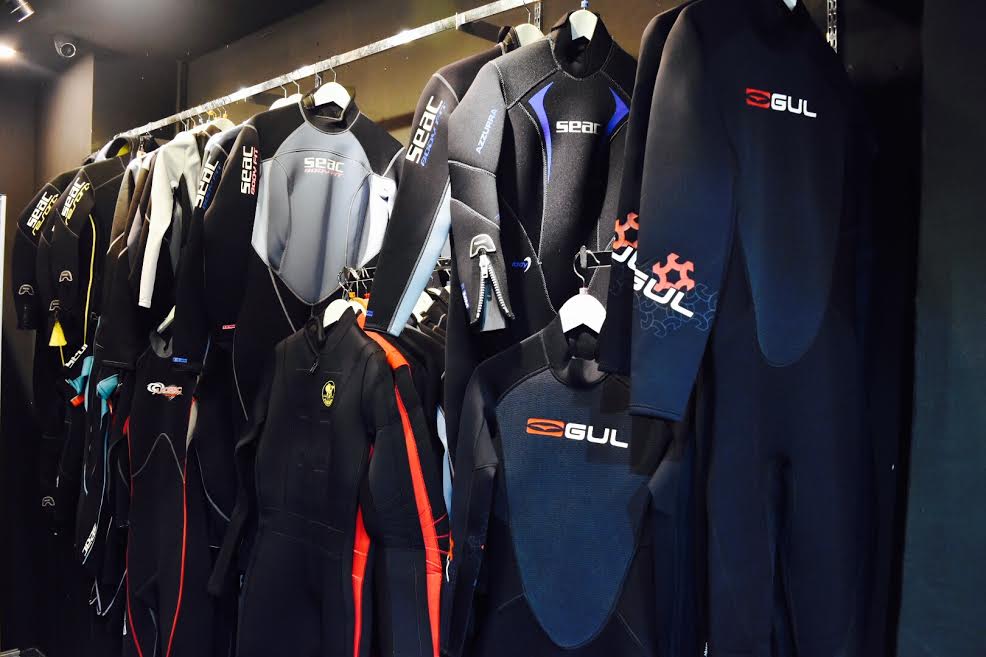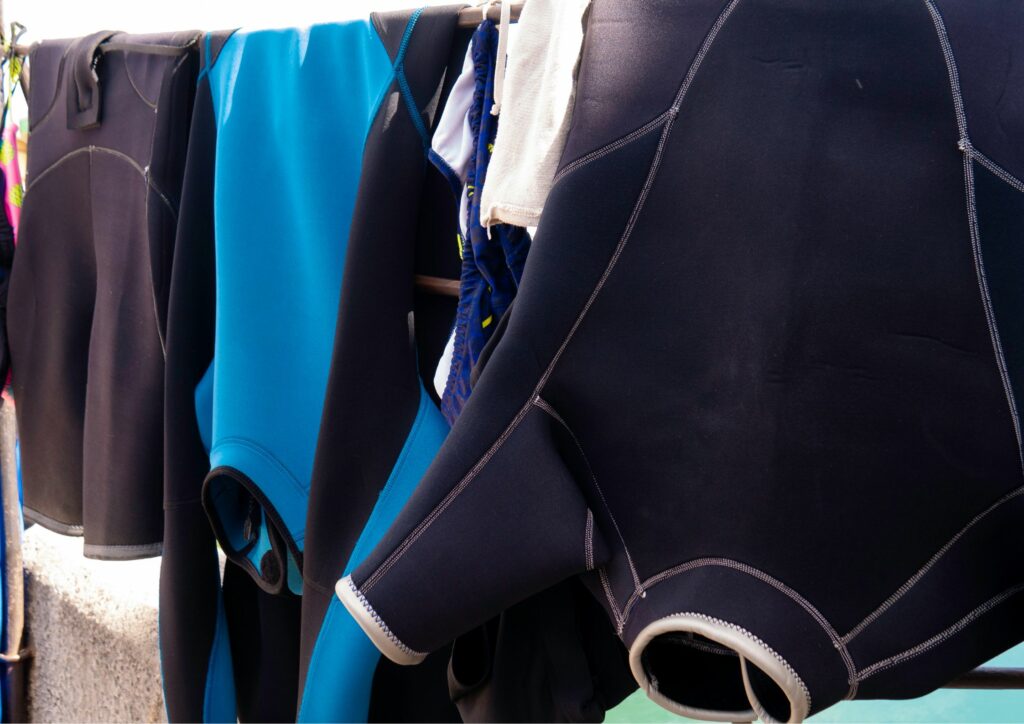In this guide, we will elucidate the benefits, drawbacks, and prime applications of both dry suits and wet suits to help you make the best decision for your scuba exploits. Diving into the blue sea is an intoxicating experience. But choosing the right scuba suit before you deep sea dive goes well beyond a flip of a coin. The choice between a dry suit and wet suit is not simply a style preference but entails factors like sea water temperature, comfort level, and extent of underwater exploration.Understanding the Basics: Wet Suits and Dry Suits
Initiating your quest into the captivating world of diving inevitably brings you face-to-face with some important choices. One such choice involves selecting between two vital pieces of equipment: wet suits and dry suits. But what are they, and what sets them apart? Let’s dive deeper. A wet suit operates using a clever principle – it is designed to allow a small amount of water in.
This water is then warmed up by your body heat, creating an insulating layer that helps retain warmth and makes it perfect for use in moderately cold environments. Conversely, a dry suit has an entirely different purpose. It maintains its moniker by keeping you completely dry, steadfastly preventing any water from seeping in. This feature renders it ideal for diving activities performed in colder waters or over extended periods. The two types of suits are not just differentiated by function, but also by design, with different thickness levels made available for various diving conditions.

Dry Suits: The Cold-Weather Companion
Dry suits are your ultimate cold-weather companions. These suits have been meticulously designed keeping arctic temperatures and winter diving in mind. Unlike wet suits, dry suits work by trapping air, this trapped air then acts as an insulative shield, protecting you from the biting cold and keeping you warm throughout your underwater exploration.
The design also allows for layering additional clothing underneath for an added insulation, ensuring the frigid water doesn’t deter your adventure. However, with extensive features comes a higher price point. Despite the steeper cost, dry suits manage to hold their ground due to their outstanding flexibility and unsurpassable versatility, making them an excellent investment for any devoted diver.
Wet Suits: The All-Rounder Gear
For those traversing a broad spectrum of water temperatures, with the exception of extreme cold, wet suits prove to be an all-rounder gear. Crafted using a thick, durable material, neoprene, these suits purposely allow a thin layer of water to slide in. The body heat warms up this water, creating an insulating layer that helps maintain body temperature under water. Wet suits also fare better when it comes to mobility, as they are less cumbersome compared to dry suits, offering superior flexibility and allowing unrestricted freedom of movement. But there is a trade-off, as these suits don’t keep you completely dry.
Deciding Factor: Sea Water Temperature
When it boils down to choosing between a wet suit and a dry suit, the sea water temperature becomes a pivotal determining factor. For moderate temperature ranges, specifically above 15 degrees Celsius, the functionality of a wet suit stands out as the more practical choice. Substantially colder waters, on the other hand, necessitate the utilization of dry suits. Consequently, always ensure to check the sea water temperature before making your selection.
Diving Deeper: Considerations and Conclusions
Delving further into the intricacies of these suits, it becomes evident that dry suits present its own hurdles like managing buoyancy control due to the air trapped within. This makes it require more training compared to wet suits. Meanwhile, wet suits are generally more comfortable, offering greater ease of movement and maneuverability. At the end of the day, the choice boils down to your personal preference, the intended diving location, your experience level, and the existing sea conditions. Understanding these factors can greatly aid in making a more informed decision.
Dive in Right: Tailoring Your Scuba Suit Choice in Bali
Whether you stay dry in a dry suit or get wet in a wet suit, key factors like sea water temperature, intended diving depth in Bali diving sites, and the user’s competency can guide the choice. Wet suits serve as versatile gear for a range of temperature conditions, while dry suits are your best bet against cold. Remember, preparing right for your deep sea dive means the difference between a dozen mesmerizing selfies with the marine life or an uncomfortable, shivering experience underwater in Bali.

As a seasoned diver, I’ve always been torn between using dry suits and wet suits. This post really helped me understand the benefits of each and how to choose the right one for my next dive in Bali.
Thank you for sharing your experience as a seasoned diver, Evelyn! We’re thrilled to hear that our post helped you better understand the benefits of dry suits and wet suits. When it comes to choosing between the two, it’s indeed important to consider factors such as sea water temperature, intended diving depth, and user competency. For your next dive in Bali, I recommend checking the current sea conditions beforehand to determine which suit would be most suitable for you. If you have any more questions or concerns, please don’t hesitate to reach out to us at +65 6734 9373 or [email protected]. Happy diving!
I’ve always been fascinated by the world of scuba diving. This post was super informative, and I loved how it broke down the differences between dry suits and wet suits.
Hi Kavin, thanks for sharing your enthusiasm about scuba diving! We’re glad you found the post informative. When it comes to choosing between a dry suit and a wet suit, sea water temperature is indeed a crucial factor. For example, if you plan to dive in Bali’s tropical waters, a wet suit would be a great choice. However, if you’re planning to explore colder waters or engage in extended diving sessions, a dry suit might be more suitable. Remember to consider your experience level and the intended diving location as well. Feel free to reach out to us at Tel: +65 6734 9373 or Email: [email protected] for personalized advice.
I never knew that sea water temperature played such a huge role in choosing between a dry suit and a wet suit. Thanks for the insight!
Hi Sharon, we’re glad you found our guide helpful! Yes, sea water temperature is a crucial factor to consider when choosing between a dry suit and a wet suit. It’s great that you’re taking the time to learn about scuba diving and preparing for your adventure in Bali. If you have any more questions or need further guidance, please don’t hesitate to reach out to us at Tel: +65 6734 9373 or Email: [email protected]. We’re always here to help. Happy diving!